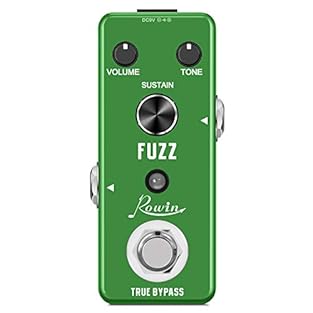Just Pedal Ingredients.
Fuzz — A fuzz pedal is one of the earliest and most aggressive forms of distortion, turning your clean guitar signal into a thick, saturated wall of sound. It works by clipping the waveform almost flat, creating a compressed, gritty tone full of harmonic overtones. The result is raw, unruly, and unmistakable — from the sputtering breakup of vintage germanium circuits to the searing sustain of modern silicon designs. Fuzz pedals react strongly to your guitar’s volume and pickup choice, making them dynamic tools for expressive players.
Whether you’re chasing the classic tones of Hendrix and the Smashing Pumpkins or exploring heavy, experimental textures, fuzz remains a favourite for its personality and unpredictability. It can sound smooth and sustaining, or wild and velcro-like, depending on how it’s set up. A good fuzz pedal cuts through the mix while adding thickness and attitude, turning any riff or lead line into something bold and unmistakably alive.. Pedal — Your pedal is like a signature dish for your sound — a flavour-packed creation that transforms the bland ingredients of your guitar into something unforgettable. Each one adds its own seasoning, texture, and heat, turning a simple meal into a feast of tone.
These tasty little boxes sit in a row, like plates on a buffet, letting you mix and match flavours as you play. With one tap of your foot, you can swap sweet for spicy, subtle for smoky, and serve up something completely new. From the comfort food of warm overdrive to the fiery kick of fuzz, from smooth jazz sauce to heavy-metal spice, pedals give players a full menu of options to express their taste. And just like with food — once you’ve tried one dish, you’ll want to sample them all.
Collecting, trading, and discovering new flavours soon becomes part of the joy of being a tone-loving gourmet geek with a guitar.. Vibrato — Vibrato is an effect commonly used in music, particularly in guitar playing, that involves modulating the pitch of a note to create a wavering or trembling sound. It adds a dynamic and expressive quality to the music, enhancing the richness and depth of individual notes or chords. Here’s how vibrato works and some common features of vibrato effects:
1. **Pitch Modulation**: Vibrato effect pedals modulate the pitch of the guitar signal, causing it to oscillate above and below the original pitch at a controlled rate and depth. This creates a shimmering or undulating effect similar to the natural vibrato produced by a vocalist or instrumentalist.
2. **Controls**: Vibrato pedals typically offer controls for adjusting the rate (speed) and depth (intensity) of the pitch modulation. The rate control determines how quickly the pitch oscillates, while the depth control determines the extent of the pitch modulation.
3. **Waveform Options**: Some vibrato pedals provide options for selecting different waveform shapes, such as sine wave, triangle wave, or square wave. Each waveform shape produces a different character of vibrato, ranging from smooth and subtle to choppy and pronounced.
4. **Expression Pedal Compatibility**: Many vibrato pedals are compatible with expression pedals, allowing players to control the rate or depth of the vibrato effect in real-time using their foot. This adds a dynamic and expressive element to the performance, allowing for greater control over the vibrato effect.
5. **True Bypass**: Like many other effects pedals, vibrato pedals may feature true bypass circuitry to ensure that the pedal does not color or degrade the guitar signal when it’s not in use. True bypass preserves the tone and integrity of the instrument’s sound when the pedal is bypassed.
6. **Blend Control**: Some vibrato pedals include a blend control that allows players to mix the wet (effected) and dry (unaffected) signals. This enables subtle blending of the vibrato effect with the original guitar signal, preserving clarity and definition while adding depth and texture.
7. **Vintage vs. Modern Voicing**: Vibrato pedals may offer different voicing options to emulate the characteristics of vintage vibrato effects or provide more modern and versatile tones. Vintage-style vibrato pedals often replicate the sound of classic amplifier vibrato circuits, while modern pedals may offer enhanced features and flexibility.
Overall, vibrato pedals are versatile tools for adding movement, texture, and expression to guitar tones. Whether used subtly to add warmth and depth to clean passages or dialed in for dramatic pitch modulation effects, vibrato pedals offer guitarists a wide range of creative possibilities for shaping their sound..

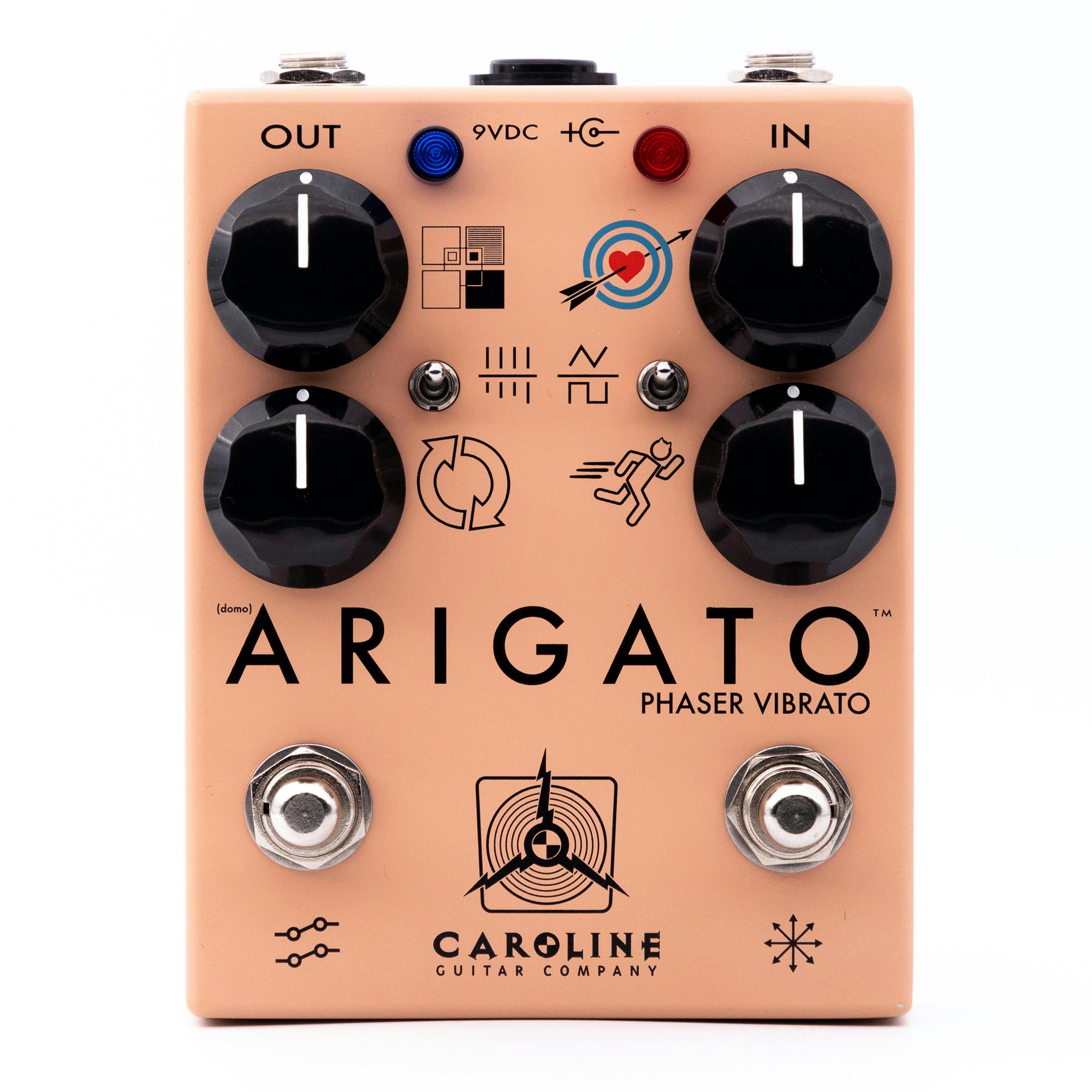
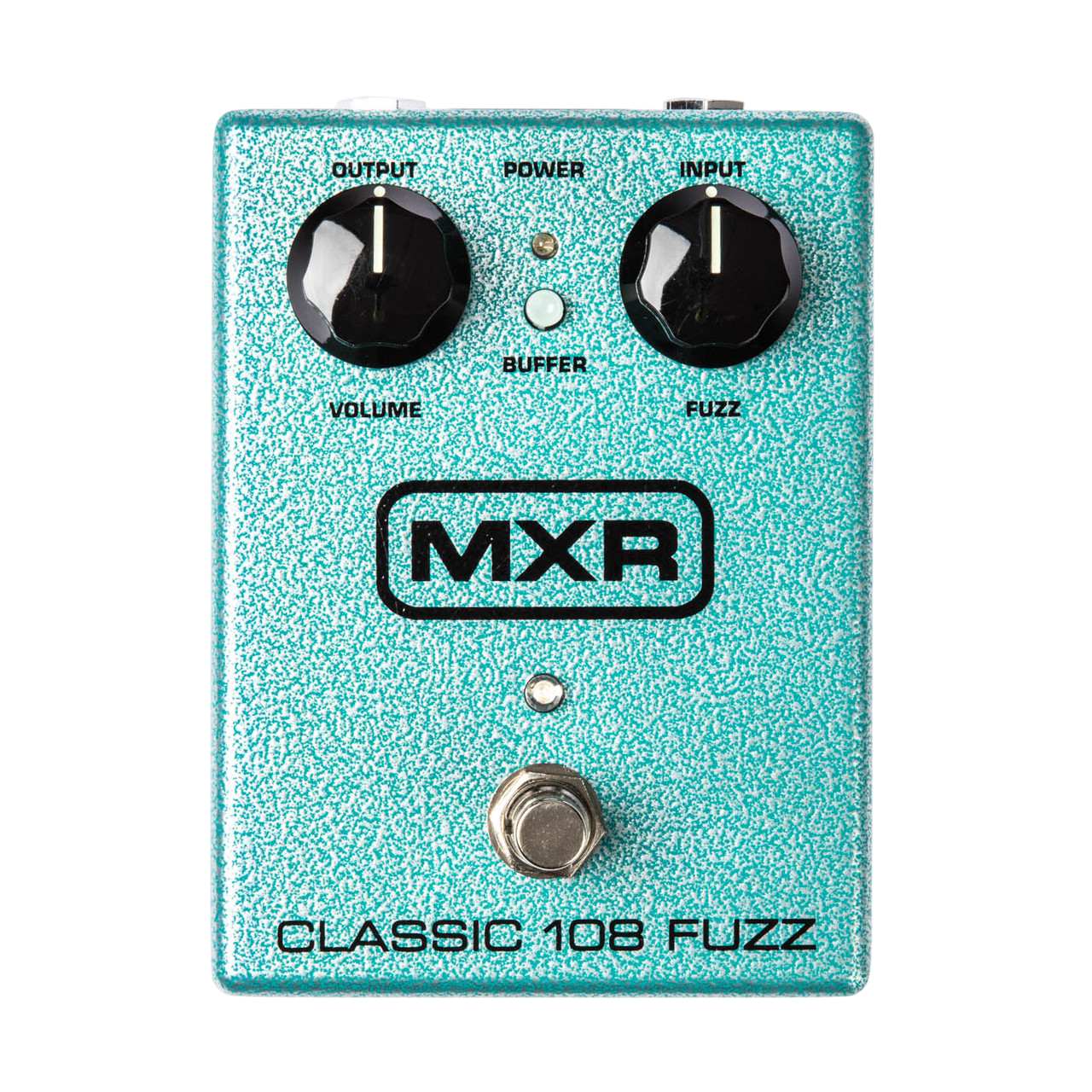
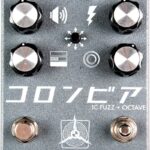
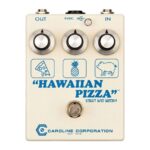
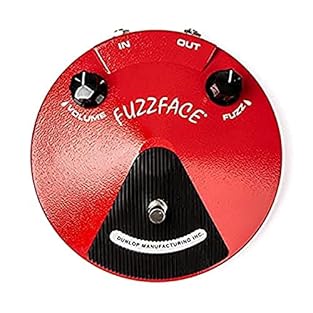

![[High-Gain Distortion] As a High-Gain distortion pedal, Donner's Morpher sounds like a crossover between MI Crunch Box and Suhr Riot. Great for hair metal/glam metal/pop metal. [3 Distortion Modes] Designed for richer playability. Wide dynamic range ...](https://m.media-amazon.com/images/I/41UzzFseciL._SL313_.jpg)
